As we enter the AI era, we find ourselves at a unique crossroads. While innovation is accelerating faster than ever, it’s no longer enough to create the next big thing. It’s paramount that we create the right thing—and that means understanding where our customers are at.
Over the years, F5 has been keeping a pulse on customer application delivery and security needs—both the promises in front of customers and the challenges they face. The culmination of this research is our annual State of Application Strategy Report, which surveys IT decision makers across the globe on a range of pressing issues.
This research has helped us understand the increasingly complex hybrid, multicloud world in which organizations find themselves. And it’s helping to guide work on our F5 Application Delivery and Security Platform, the most extensive platform in the industry designed for customer success in the AI-driven, hybrid, multicloud era. A platform that delivers the right thing by meeting customers where they’re at.
I’m thrilled to announce that our 2025 State of Application Strategy Report is now available. Our 11th annual report is filled with important trends, so you’ll want to read the whole thing. To get you started, here are three findings that stood out to me:
1. Confidence in automation is growing.
Thanks to growing confidence in their data, organizations are shifting decision making and execution into more automated processes—including those driven by AI. In fact, data quality is no longer the number one barrier to AI adoption, dropping in a single year from 72% to 48%.
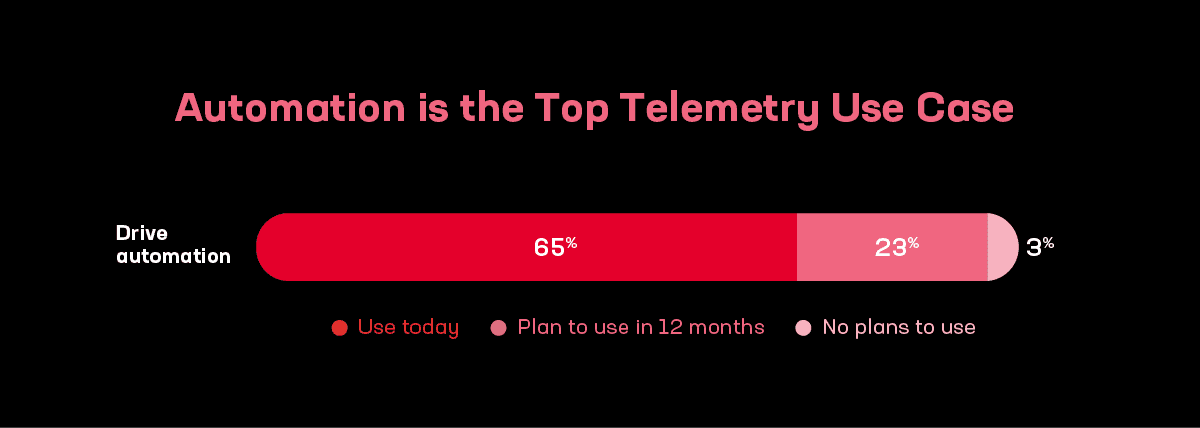
65% of survey respondents use operational telemetry to drive automation, while another 23% plan to do so in the next 12 months.
Interestingly, automation has become the top telemetry use case—with analysis, alerting, and reporting all taking back seats. That’s a marked shift from 2024, when nearly half of respondents (47%) were focused on telemetry primarily to drive operational alerts.
A whopping 99% of respondents reported feeling comfortable using AI to automate at least one operational function. In addition, most organizations want AI to handle both strategic and operational tasks—including optimizing application performance (72%), supporting cost optimization (59%) and mitigating zero-day vulnerabilities by automatically injecting security rules (59%).
2. Companies are worried about the security of their AI models.
With 96% of survey respondents deploying AI models, the security of those models tops the list of concerns. Security is equally an issue for the 95% of respondents who are also engaged in model training.
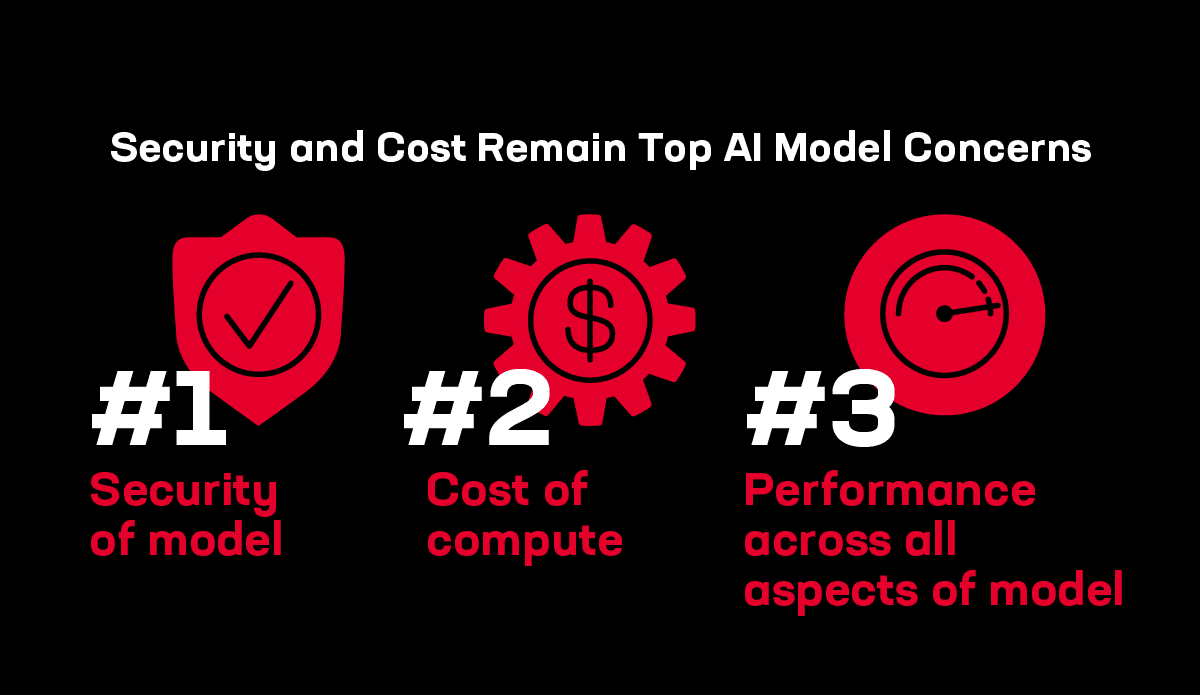
Security is the number one concern as 96% of survey respondents deploy AI models.
Given this concern, organizations are starting to take action. For instance, 50% of survey respondents are already using AI gateways, with another 40% expected to climb on board within the next 12 months. While the remaining organizations expect to take longer to deploy an AI gateway, no one expects to go without one.
3. API sprawl and manual processes remain significant barriers to AI adoption.
Despite the growing interest in AI, 54% of organizations say they lack sufficient AI skillsets, and 60% say they are mired down in manual operational tasks due to their reliance on legacy processes and operational workflows. Process and integration point fragmentation is increasing the need for manual intervention and slowing operations, making even agile methodologies too inefficient for today’s IT operations.
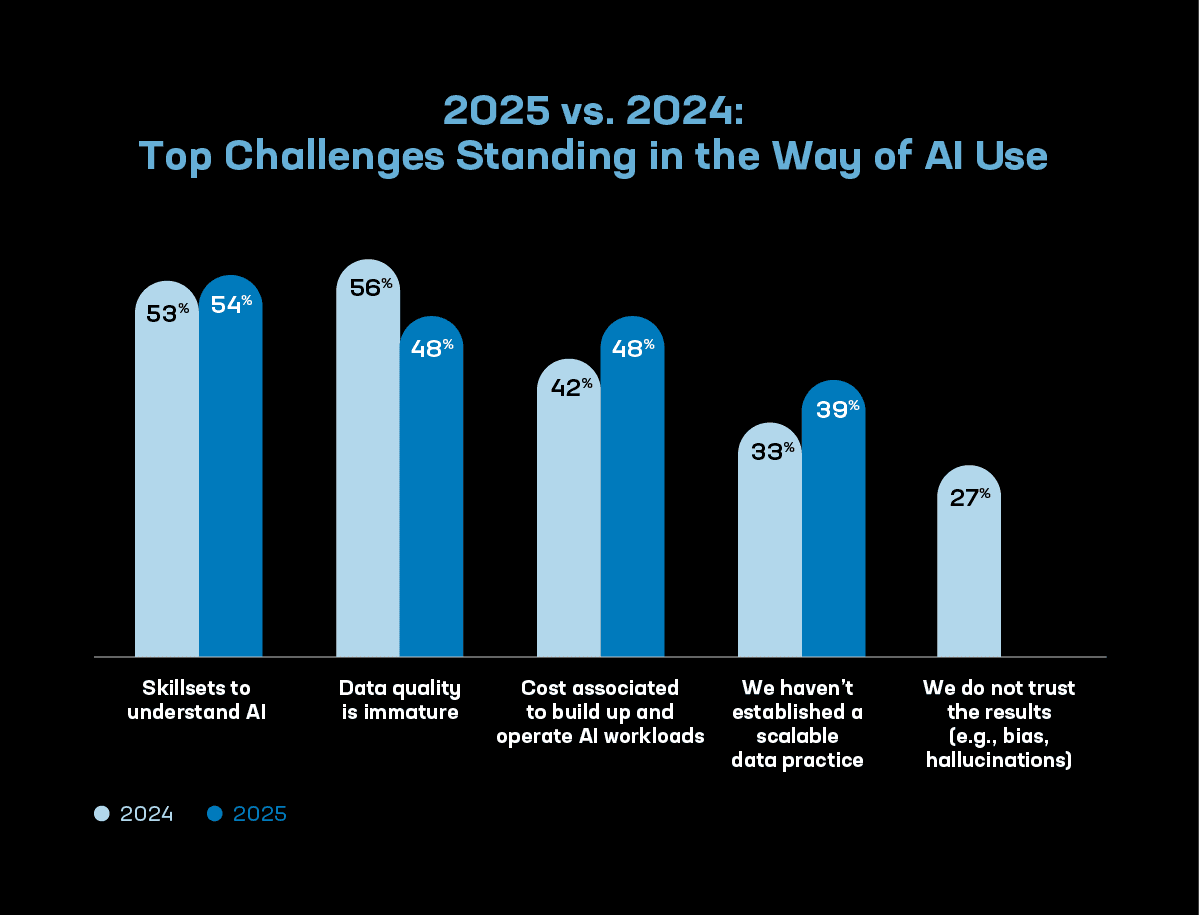
Organizations cite lack of sufficient AI skillsets as the top barrier to deploying AI.
Moreover, more than half of organizations (58%) say APIs remain a significant pain point in managing app delivery and security. Respondents report spending up to half their time managing complex configurations involving myriad APIs and languages—with 31% citing vendor API complexity as the single most time-consuming, automation-related task.
A clash between AI and manual IT Ops
This year’s survey points both to the widespread AI disruption taking place and the significant work that remains as organizations prepare their business for the AI era. On the one hand, organizations are capitalizing on their maturing data strategies to deploy automation and AI at an exponential rate—moving from the customer service chatbots of a couple years ago to entire AI models that support their line-of-business decisions.
At the same time, many organizations continue to be mired down by the current complex app deployment landscape that relies heavily on APIs, modern apps, and hybrid deployment models. And many still struggle with operational and process inefficiencies that hinder their use of AI.
By moving to a comprehensive application delivery and security platform, organizations can tame API sprawl and transcend complexity to deliver cloud-agnostic and AI-ready services and security for both AI models and all the apps that will rely on them. This, in turn, will position them to improve business efficiency, while delivering the dynamic digital experiences that build customer loyalty and drive financial success.
To learn more, I encourage you to read the full 2025 State of Application Strategy Report and attend a webinar with report authors Lori MacVittie and Cindy Borovick who will explore how AI-driven optimization can enhance application delivery and security.
About the Author

Kunal Anand leads the F5 product organization as Chief Product Officer. Responsible for product vision, strategy, and execution, he ensures development of breakthrough solutions that solve critical challenges and create exceptional experiences for customers. In his previous role as Chief Technology and AI Officer, Kunal charted the company’s technology and AI strategy and vision. Prior to F5, Kunal held the dual role of Chief Technology Officer and Chief Information Security Officer at Imperva. His journey to Imperva began in 2018 with the acquisition of Prevoty, an application security startup he co-founded in 2013. Before joining Prevoty, he was the Director of Technology at BBC Worldwide. Kunal has a deep history of innovation and technical expertise, and has held roles leading security, data, technology, and engineering teams at Gravity, MySpace, and the NASA Jet Propulsion Lab. Kunal has over 15 years of experience in AI and machine learning, ranging from model training, employing AI-driven algorithms to enhance products, and designing and implementing AI architectures. Kunal holds a Bachelor of Science degree in computer science from Babson College.
More blogs by Kunal AnandRelated Blog Posts

AppViewX + F5: Automating and orchestrating app delivery
As an F5 ADSP Select partner, AppViewX works with F5 to deliver a centralized orchestration solution to manage app services across distributed environments.
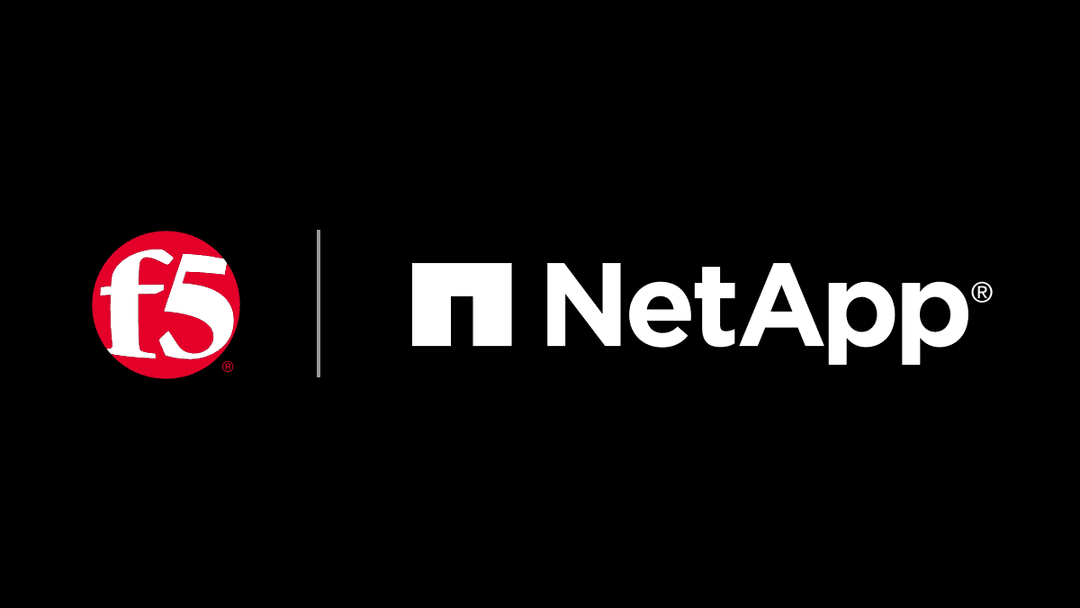
Build a quantum-safe backbone for AI with F5 and NetApp
By deploying F5 and NetApp solutions, enterprises can meet the demands of AI workloads, while preparing for a quantum future.
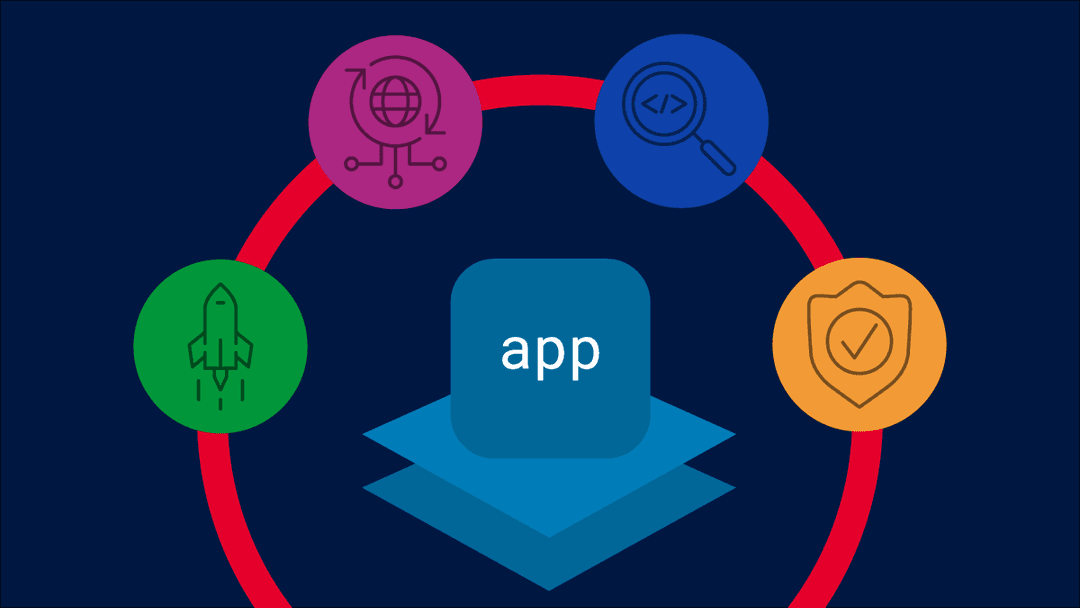
F5 ADSP Partner Program streamlines adoption of F5 platform
The new F5 ADSP Partner Program creates a dynamic ecosystem that drives growth and success for our partners and customers.
F5 NGINX Gateway Fabric is a certified solution for Red Hat OpenShift
F5 collaborates with Red Hat to deliver a solution that combines the high-performance app delivery of F5 NGINX with Red Hat OpenShift’s enterprise Kubernetes capabilities.
F5 Silverline Mitigates Record-Breaking DDoS Attacks
Malicious attacks are increasing in scale and complexity, threatening to overwhelm and breach the internal resources of businesses globally. Often, these attacks combine high-volume traffic with stealthy, low-and-slow, application-targeted attack techniques, powered by either automated botnets or human-driven tools.
Phishing Attacks Soar 220% During COVID-19 Peak as Cybercriminal Opportunism Intensifies
David Warburton, author of the F5 Labs 2020 Phishing and Fraud Report, describes how fraudsters are adapting to the pandemic and maps out the trends ahead in this video, with summary comments.
